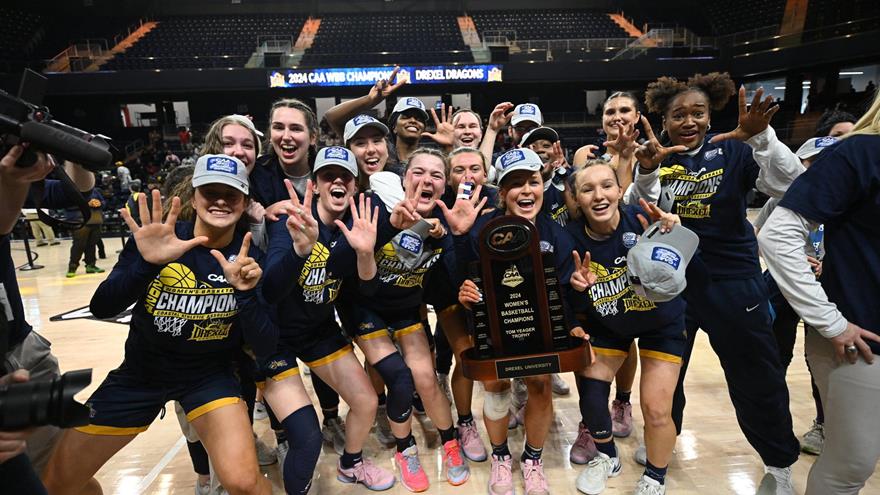Professor Weighs in on Implications of the College Football Playoff
 By Frank Otto
By Frank Otto

With the arrival of a long called-for playoff system in major college football, there are new debates on how the top teams should be determined and what it all means for the sport as a whole.
The playoff system involves the selection of four teams for what are essentially “play-in” games for the Football Bowl Subdivision (FBS) national championship.
Ellen Staurowsky, a professor of sport management at Drexel and an expert in collegiate sports, said the new playoff system “partially silenced critics and disaffected fans” who couldn’t understand why there was not “a meritocratic way of determining a national champion.”
That said, Staurowsky noted there are “widespread” feelings that adjustments should be made to the playoffs.
“There is growing support for the college football playoff to be made an eight to 16-team playoff,” she said. “According to a November 2014 ESPN poll of the 103 FBS football coaches, less than a third of them were content with the four-team structure.”
Despite that, the first year of the playoff in the FBS was certainly a financial boon.
“Launching this venture was an opportunity to build on a lucrative financial and fan base and expand into new markets,” said Staurowsky, describing the new playoffs as a sort of rebranding for college football’s $1 billion-per-year business. “The media buzz around the College Football Playoff (CFP) is designed to maximize profits, increase viewership and offer added benefits to its corporate partners.”
That design paid off, literally, with ESPN shelling out $7.3 billion for a 12-year contract to show the playoff games. The “play-in” games, the Rose and Sugar bowls, each brought in more than 28 million total viewers, which Staurowsky said made them two of the most-watched events ever in cable television history.
With so much money being made, the debate over athlete compensation will likely be stoked again.
In the spring, the Northwestern University football team voted on whether or not to unionize. That vote has not been disclosed pending the outcome of Northwestern’s appeal to the National Labor Relations Board contesting its ruling that college football players are employees who have the right to unionize.
“Since the 1920s, college football players have recognized that they have not been compensated fairly for the work they do on the field,” Staurowsky said. “The increased revenues from the College Football Playoffs serve to illustrate the financial inequities in the system, which are created in part by business practices that ensure revenue will be dispersed away from the players.”
That includes money spent on coaches, like Urban Meyer, who netted $350,000 in bonuses just for helming the Buckeyes to the national championship.
“Bonuses are not permitted for the athletes,” Staurowsky said. “Given these inequalities, it is likely that discussions regarding fair compensation for players will continue far into the future.”
Something not understood by many who view the issue from the outside, according to Staurowsky, is that monetary compensation isn’t the only consideration for players.
Better health care and hard-set rules from the NCAA regarding practices and the level of contact in them are other issues being discussed.
By advancing to the national championship game, the Oregon and Ohio State players are actually playing longer than they would have last year because of the playoffs.
“Until such time as college sport officials agree to sit at the table and bargain work conditions for football players, decisions regarding additional games will be done by conference commissioners, athletics administrators ,coaches and television executives without the input of an independent body like the National College Players Association representing the athletes at the table,” Staurowsky said. “That is a significant conflict of interest.”
Something to note is that the parents of players who played in the national championship game were given stipends to travel to see their sons play in the AT&T Stadium in Arlington, Texas, something which has not happened before.
“College sport officials are using whatever means they can to dampen the results of increasing legal pressure to change the way they do business,” Staurowsky said. “Thus, this move can be thought of as a concession and as a minor public relations move.”
The move to a playoff system was meant to keep the game between the lines and allow play on the field to speak for itself, but it’s becoming increasingly clear that football and other college sports and the practices involving them are spilling out from the sidelines.
In This Article
Drexel News is produced by
University Marketing and Communications.
